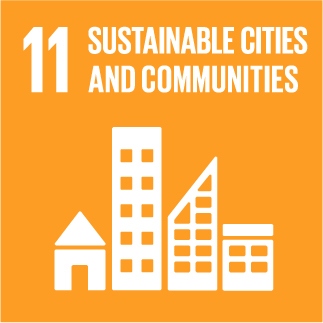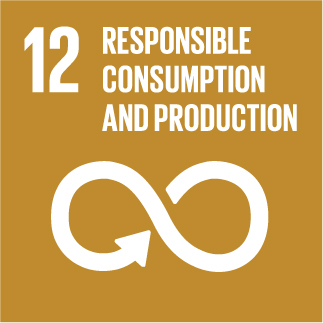URBANREC
Hydrothermal carbonization of medical wastes and lignocellulosic biomass for solid fuel production from lab-scale to pilot-scale
An alternative way has been proposed for the PVC-containing medical wastes valorization by co-hydrothermal carbonization (HTC) with lignocellulosic biomass. The organic-Cl in PVC can be converted to the inorganic-Cl via hydrolysis, defunctionalization, recondensation, and aromatization in the HTC process. Followed by the washing process with the condensed water, the inorganic-Cl with high water-solubility could be removed from the solid products (i.e. hydrochar). Lignin as a biomass component can significantly improve the dechlorination efficiency of PVC in the HTC process. Here, the dechlorination performance of lignocellulosic components is given as the following order: lignin > cellulose > hemicellulose. In addition, lignin can adjust the particle sizes of solid products by inhibiting the agglomeration in the order of lignin > hemicellulose > cellulose. In the pilot-scale HTC process, the addition of woodchips improves the dechlorination efficiency of hospital wastes (HW). The hydrochar particles with low-chlorine content and higher heating value could be used as a clean coal-alternative fuel.

» Author: Yafei Shen, Shili Yu, Shun Ge, Xingming Chen, Xinlei Ge, Mindong Chen
» Reference: Energy, Volume 118
» Publication Date: 01/01/2017
» More Information

This project has received funding from the European Union's Horizon 2020 research and innovation program under grant agreement Nº 690103




URBANREC Guidelines by URBANREC Consortium is licensed under a Creative Commons Reconocimiento-NonComercial-NoDerivatives 4.0 Internacional License.
Puede hallar permisos más allá de los concedidos con esta licencia en www.aimplas.net
